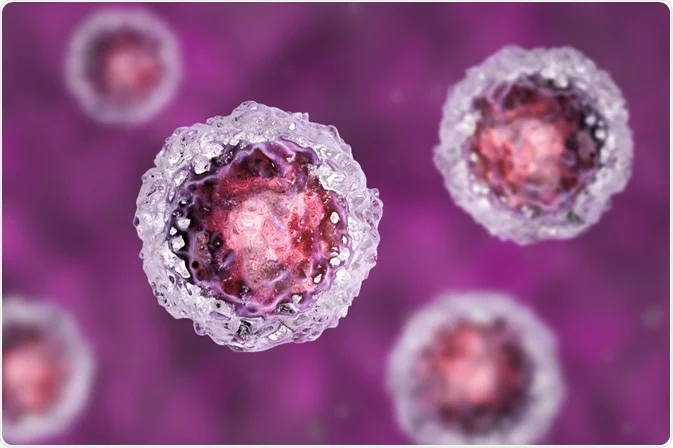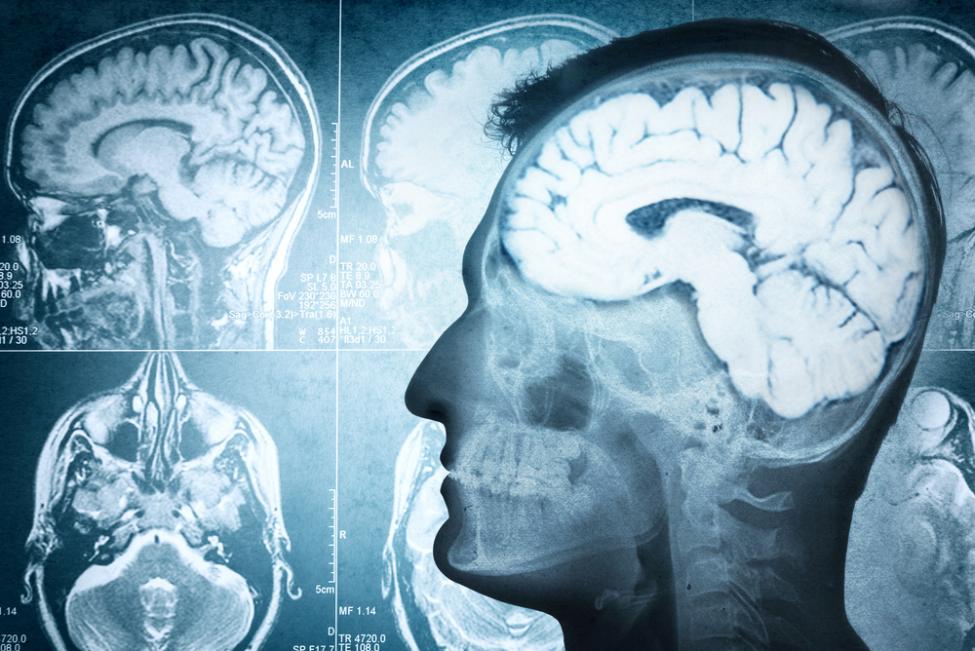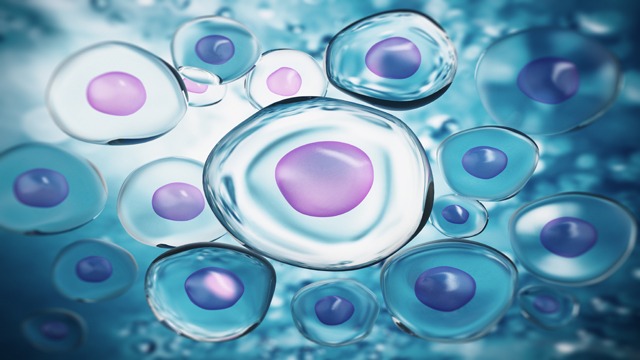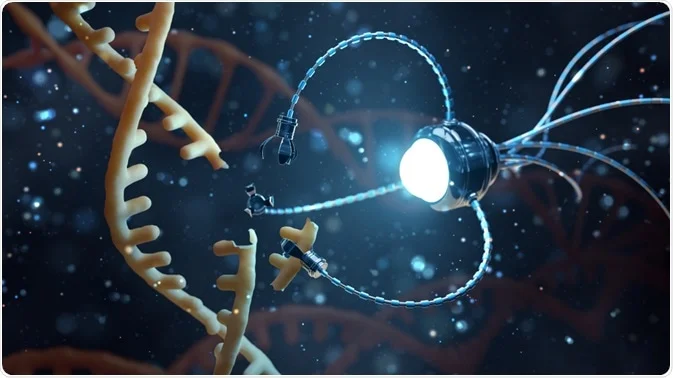Cancer stem cells (CSCs) represent a small, specialized subset of cells within tumors with the unique ability to self-renew and differentiate into various cancer cell types. These cells behave much like normal stem cells, but with malignant intent: they fuel tumor initiation, help sustain tumor growth, and are often implicated in metastasis and relapse.
What Makes Cancer Stem Cells Special?
CSCs stand out from the bulk of tumor cells in several critical ways. They can replicate themselves indefinitely and also generate more differentiated cancer progeny, helping to maintain tumor heterogeneity. Many CSCs exist in a slow-dividing or quiescent state, making them less vulnerable to therapies like chemotherapy or radiation that typically target rapidly dividing cells.
Another important feature is plasticity their ability to shift between stem-like and more differentiated states depending on environmental cues. This adaptability allows them to survive treatment and reemerge later. CSCs also display strong resistance to therapy and are frequently linked with relapse due to robust DNA repair systems and immune evasive strategies.
Why CSCs Complicate Cancer Treatment
Traditional treatments such as surgery, chemotherapy, and radiation aim to reduce tumors by killing rapidly dividing cells. Yet CSCs often evade these strategies.
Even after significant tumor shrinkage, CSCs can persist and regenerate tumors, leading to recurrence or metastasis. Their advanced survival mechanisms make them resistant to chemotherapy and radiation. Moreover, they often occupy protective niches within tumors that shield them from immune attack, while secreting factors that suppress immune responses.
Adding to the challenge, identifying CSCs is difficult. No single biomarker captures all CSCs across tumor types. Common markers vary in expression and are not exclusive to CSCs, complicating efforts to track and eliminate them.
Emerging Strategies to Target CSCs
Researchers are developing several approaches to tackle CSCs more effectively.
-
Targeting signaling pathways: Therapies are being designed to disrupt critical pathways like Wnt, Notch, Hedgehog, and JAK/STAT that CSCs rely on for self-renewal.
-
Combination treatments: Using CSC-directed agents alongside chemotherapy or radiation may help eliminate both bulk cancer cells and CSCs.
-
Differentiation therapy: Encouraging CSCs to lose their stem-like properties and become more susceptible to conventional treatments is an emerging strategy.
-
Immunotherapy: Vaccines, engineered immune cells, and antibody-based methods are being explored to specifically recognize and destroy CSCs.
-
Novel inhibitors: Small molecules are being developed to target CSC vulnerabilities, including their unique metabolic dependencies.
Roadblocks to Clinical Translation
Despite progress, several barriers remain before CSC-targeted therapies can be widely used. CSC heterogeneity and plasticity make it difficult to design universal treatments. The overlap between CSC biology and normal stem cell biology also raises concerns about unintended side effects.
Another challenge lies in the tumor microenvironment. CSCs thrive in protective niches that enhance their survival, making them harder to eradicate. Finally, scalable and safe ways to identify and selectively target CSCs in patients are still lacking.
Looking Ahead: Can We Truly “Root Out” Cancer by Tackling CSCs?
Cancer stem cells are increasingly recognized as central to tumor persistence, metastasis, and relapse. By targeting CSCs directly, or altering their behavior, there is hope for therapies that deliver more durable remissions and reduce the likelihood of relapse.
The path forward will likely involve a multi-pronged approach combining CSC-targeted drugs with traditional treatments, harnessing immunotherapy, and deepening our understanding of CSC biology and tumor microenvironments.
As research progresses, the question remains whether attacking the “roots” of cancer will become a cornerstone of future oncology, or whether CSCs will continue to be among the most formidable challenges in cancer treatment.
- Author Details






